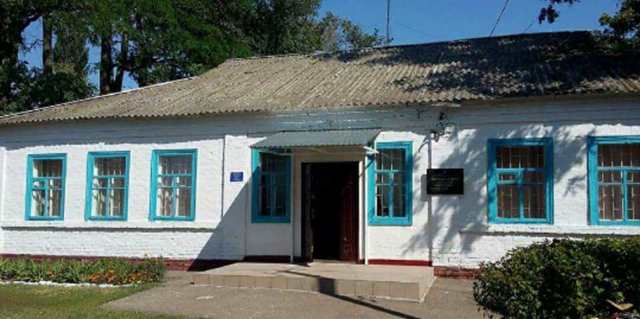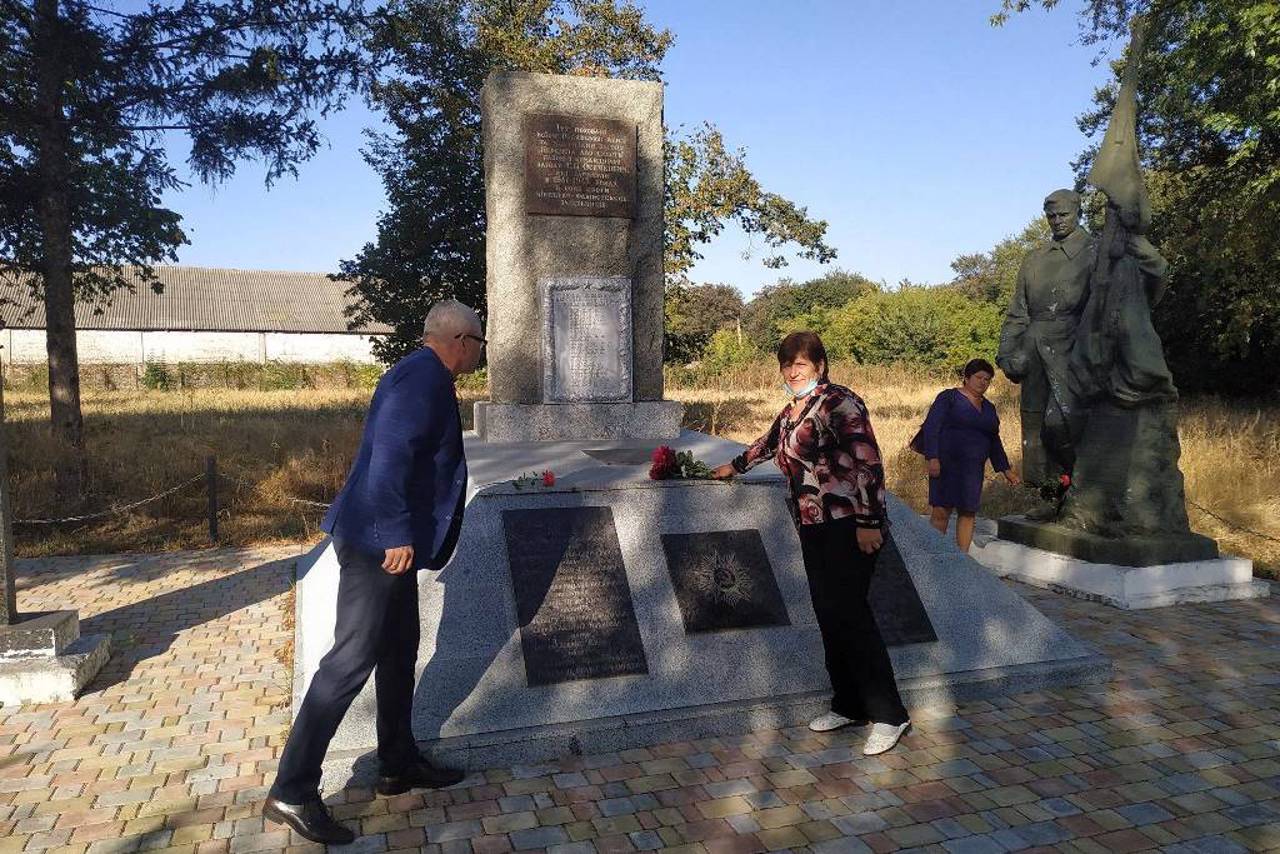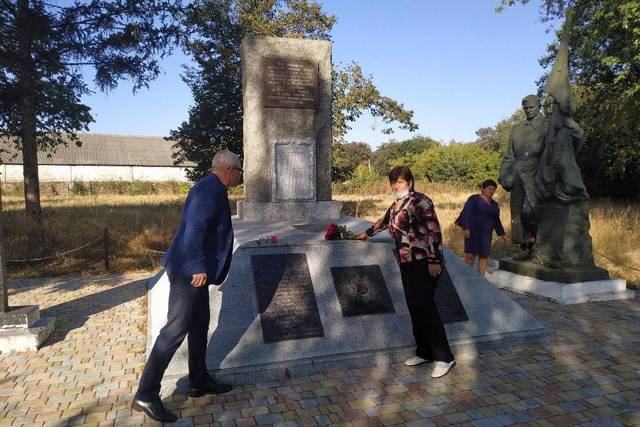Functional temporarily unavailable
General information about Kuliabivka
The village of Kuliabivka on the Malyi Supii river is located 10 kilometers to the northwest of the Yahotyn river. Administratively, it is part of the Yahotyn hromada of Boryspil district of Kyiv region.
The village was founded in 1658 as a small hamlet near Yahotyn. In the middle of the 18th century, it was assigned to the Trinity Church in Yahotyn.
The population of the village of Kuliabivka suffered from the Holodomor-genocide of 1932-1933. At the place of mass burial of the victims of the artificial famine, a mound was filled and a cross was erected.
In 1910, the Ukrainian scientist and statesman Petro Neporozhnyi was born in Kuliabivka, and the local historical museum is dedicated to him.
Село Кулябівка на річці Малий Супій розташоване за 10 кілометрів на північний захід вд Яготина. Адміністративно входить до складу Яготинської громади Бориспільського району Київської області.
Село було засноване у 1658 році як невеличкий хутір поблизу Яготина. У середині XVIII століття було приписане до Троїцької церкві у Яготині.
Населення села Кулябівка постраждало від Голодомору-геноциду 1932-1933 років. На місці масового поховання жертв штучного голоду насипано курган та встановлено хрест.
У 1910 році в Кулябівці народився український вчений і державний діяч Петро Непорожній, йому присвячений місцевий краєзнавчий музей.
Сплануй своє перебування у Kuliabivka
What to see and where to go in Kuliabivka
Tourist attractions and museums of Kuliabivka

Local Lore Museum named after Petro Neporozhnyi
Museum / gallery
The local lore museum of the Kuliabivka village in the Kyiv region is named after the Ukrainian scientist and statesman Petro Neporozhnyi. The main exposition of the museum, which opened in 2012, is dedicated to him.
Petro Neporozhnyi was born in 1910 in the Tuzhyliv farm near Kuliabivka, graduated from the local school and the Pereyaslav Factory Apprenticeship School, and later from the Leningrad Institute of Water Transport Engineers. He was engaged in the construction of hydroelectric power stations. From 1954 he worked in government positions in the Ukrainian SSR, and from 1965 to 1985 he held the position of Minister of Energy and Electrification of the USSR. For more than 30 years, he headed the Department of Energy at the Odesa and Moscow Polytechnic Institutes.
The four exhibition halls of the museum present materials about the life and activities of Petro Neporozhnyi: documents, photographs, portraits, etc. Ethnographic exposition is also presented.
Reviews Kuliabivka
Geographical information about Kuliabivka
| {{itemKey}} | {{itemValue}} |
|---|---|
| Region |
Kyiv |




